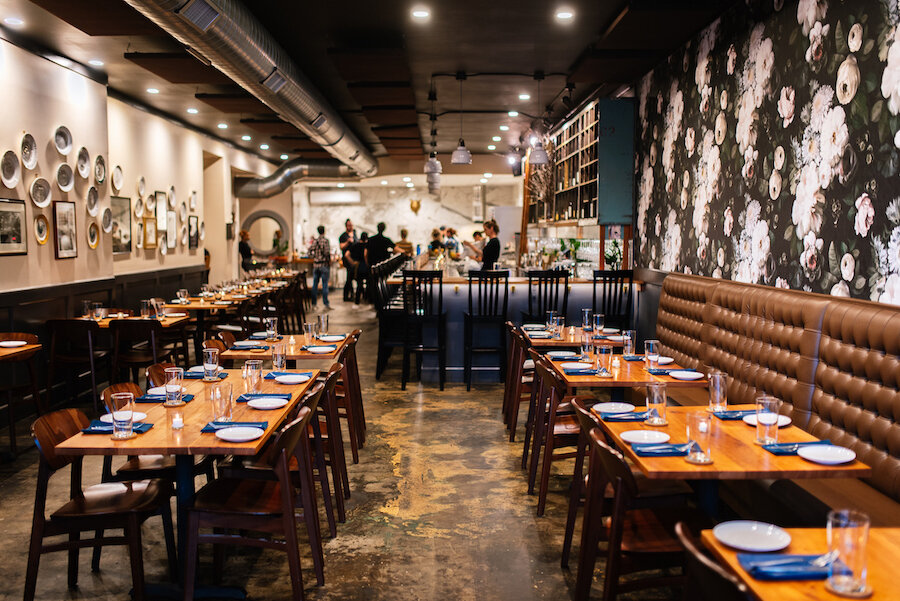The Ultimate Guide to Choosing the Perfect Restaurant Table
Wiki Article
Selecting the ideal restaurant table is more than just a matter of aesthetics; it’s a critical element that can significantly impact the dining experience, operational efficiency, and overall success of your restaurant. In this comprehensive guide, we delve into the essential considerations for choosing the perfect restaurant table, ensuring your establishment stands out and offers an exceptional dining experience.

Understanding the Importance of Restaurant Tables
Restaurant tables are the centerpiece of the dining area. They set the tone, influence guest comfort, and play a pivotal role in the ambiance and functionality of the space. The right tables can enhance your restaurant's theme, facilitate smooth operations, and accommodate various dining needs.
Types of Restaurant Tables
Dining Tables
Dining tables are the most common type of restaurant tables. They come in various shapes, sizes, and materials, each suited for different dining environments:
- Rectangular Tables: Ideal for larger groups and communal dining.
- Square Tables: Versatile and can be easily rearranged to accommodate different party sizes.
- Round Tables: Promote conversation and are perfect for intimate dining settings.
Bar Tables
Bar tables are higher than regular dining tables and are often paired with bar stools. They are perfect for casual dining areas, bars, and lounges. These tables are great for maximizing space and creating a relaxed atmosphere.
Banquette Tables
Banquette tables are typically used with booth seating. They are ideal for creating a cozy, intimate dining experience and are often found in casual and family-style restaurants. Banquette seating saves space and can make the dining area appear more organized.
Patio Tables
For restaurants with outdoor seating, patio tables are essential. These tables must be durable, weather-resistant, and stylish to enhance the outdoor dining experience. Common materials include metal, plastic, and treated wood.
Materials and Durability
The material of your restaurant tables plays a significant role in durability, maintenance, and aesthetics. Here are some popular materials:
Wood
Wooden tables exude warmth and elegance. They are versatile and can fit various themes, from rustic to upscale. However, they require regular maintenance to prevent damage from spills and scratches.
Metal
Metal tables are durable and easy to maintain. They are perfect for modern and industrial-themed restaurants. Stainless steel and aluminum are popular choices for their resilience and sleek look.
Laminate
Laminate tables are cost-effective and come in a wide range of colors and patterns. They are easy to clean and resistant to stains, making them ideal for high-traffic areas.
Glass
Glass tables add a touch of sophistication and are easy to clean. They work well in upscale and contemporary settings but require regular cleaning to maintain their pristine appearance.
Size and Seating Capacity
The size of your tables should align with your restaurant's layout and seating capacity goals. Consider the following factors:
- Table Height: Standard dining tables are about 28-30 inches high, while bar tables are around 40-42 inches.
- Table Width: Ensure there is enough space for diners to comfortably place their plates, glasses, and utensils.
- Seating Capacity: Tables should accommodate the expected number of guests without crowding. Typically, a 4-foot rectangular table seats four people comfortably.
Ergonomics and Comfort
Comfort is paramount in creating a memorable dining experience. Ergonomic considerations include:
- Leg Room: Ensure there is adequate legroom for diners. Tables with central pedestals can offer more leg space compared to those with corner legs.
- Chair Compatibility: The height of the tables should match the chairs to avoid discomfort.
- Table Edge: Rounded edges are safer and more comfortable for guests.
Aesthetics and Design
The design of your restaurant tables should complement your overall décor and theme. Here are some design elements to consider:
Color and Finish
Choose colors and finishes that harmonize with your restaurant's color scheme. Dark wood finishes convey elegance, while lighter finishes can make the space feel more open and airy.
Table Shape
The shape of your tables should reflect the dining experience you want to create. Round tables are ideal for intimate conversations, while rectangular tables are suitable for larger groups and communal dining.
Custom Designs
For a unique dining experience, consider custom-designed tables that reflect your restaurant's brand and theme. Custom tables can be a standout feature and enhance the overall ambiance.
Maintenance and Care
Regular maintenance ensures the longevity and appearance of your restaurant tables. Here are some tips:
- Cleaning: Use appropriate cleaning agents for different materials. Avoid harsh chemicals that can damage the finish.
- Repairs: Address any damage, such as scratches or wobbly legs, promptly to maintain safety and aesthetics.
- Protective Measures: Use tablecloths, placemats, and coasters to protect the tables from spills and stains.
Cost Considerations
The cost of restaurant tables varies based on material, size, and design. It’s important to balance quality and budget. Investing in high-quality tables can save money in the long run by reducing replacement and maintenance costs.
Budget-Friendly Options
- Laminate Tables: Affordable and durable, suitable for high-traffic areas.
- Used Tables: Consider refurbished tables that meet your quality standards.
High-End Options
- Solid Wood Tables: Offer elegance and durability, suitable for upscale restaurants.
- Custom Designs: Unique, branded tables that can become a focal point in your restaurant.
Environmental Considerations
In today’s eco-conscious world, choosing sustainable materials and practices is crucial. Opt for tables made from:
- Recycled Materials: Such as reclaimed wood or recycled metal.
- Sustainable Sources: Certified by organizations like the Forest Stewardship Council (FSC).
Conclusion
Choosing the perfect restaurant table involves a careful balance of aesthetics, functionality, durability, and budget. By considering the type, material, size, design, and maintenance needs, you can select tables that enhance the dining experience, reflect your restaurant’s theme, and contribute to the overall success of your establishment.
Report this wiki page